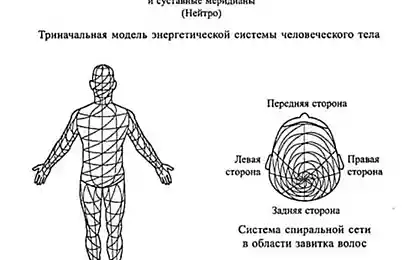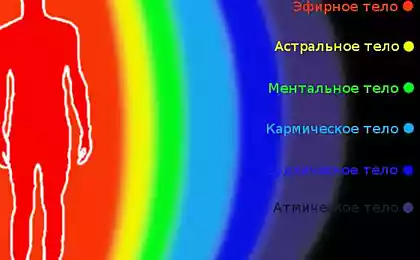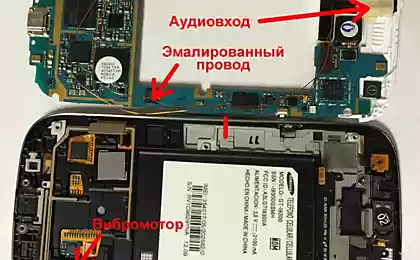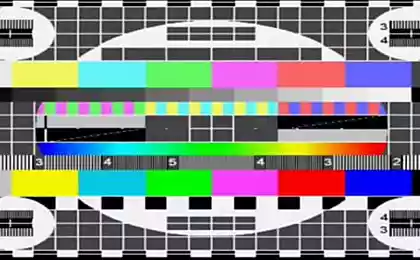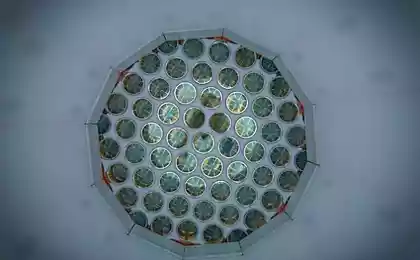522
Wi-Fi has taught to "see" the movements and gestures of the human body
Imagine that the most common Wi-Fi adapter in the future could track your movements and movements in the apartment. Sounds strange? Maybe, but it's more than real.
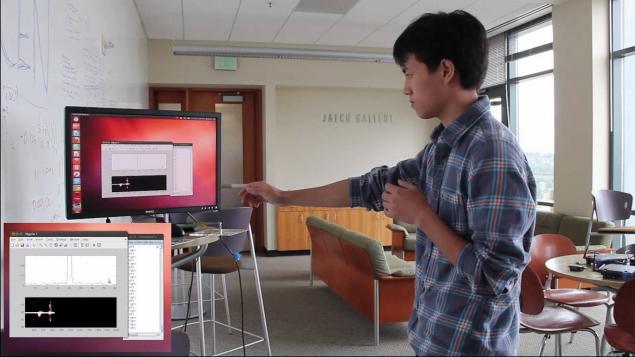
A team of researchers from Washington University headed by assistant Professor of computer science and engineering Shyam Gollakota (Shyam Gollakotа) have devised a system WiSeе that uses radio waves Wi-Fi to detect movement of a person within range of this network.
Unlike conventional technology of "machine vision" like Microsоft Kinеct, the system WiSеe does not require extra devices, it works both at home and on the street, in the absence of direct visibility in any lighting.
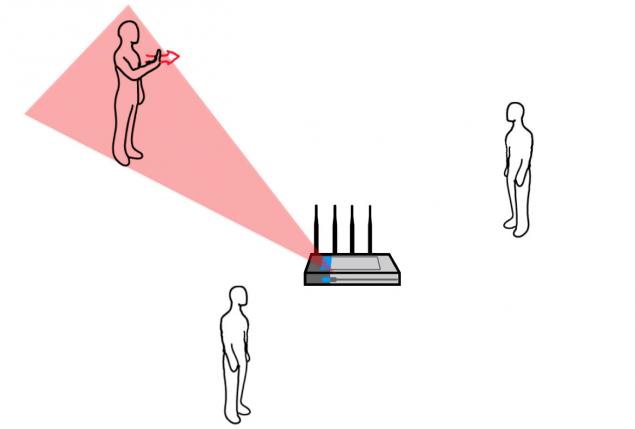
The principle of operation is simple and brilliant – the Wi-Fi signal, which takes the computer from your devices is analyzed spetsialnym. Thus any, even the weakest changes in the characteristics of radio signal (for example, the signal reflected from the new object that appeared in the way) are recorded and compared with a previously set template (user gestures).
Source: /users/413

A team of researchers from Washington University headed by assistant Professor of computer science and engineering Shyam Gollakota (Shyam Gollakotа) have devised a system WiSeе that uses radio waves Wi-Fi to detect movement of a person within range of this network.
Unlike conventional technology of "machine vision" like Microsоft Kinеct, the system WiSеe does not require extra devices, it works both at home and on the street, in the absence of direct visibility in any lighting.

The principle of operation is simple and brilliant – the Wi-Fi signal, which takes the computer from your devices is analyzed spetsialnym. Thus any, even the weakest changes in the characteristics of radio signal (for example, the signal reflected from the new object that appeared in the way) are recorded and compared with a previously set template (user gestures).
Source: /users/413
